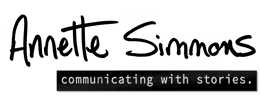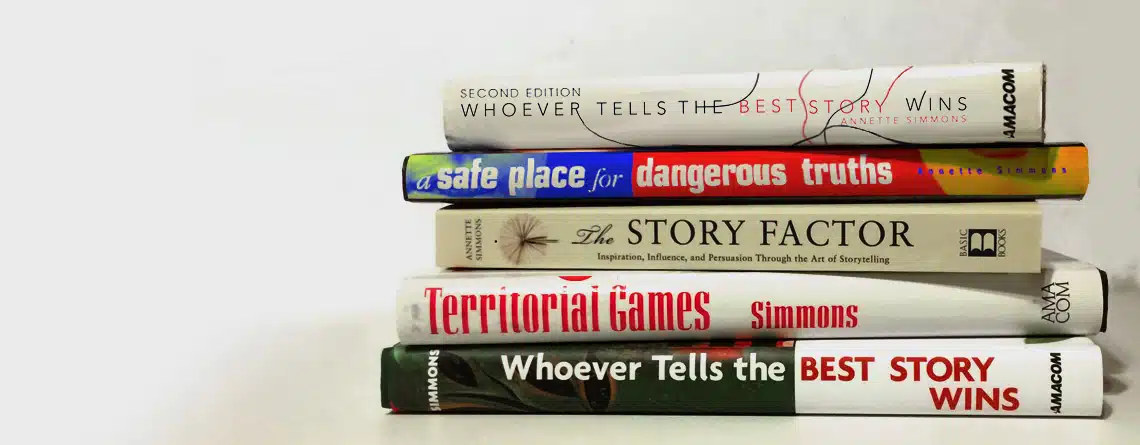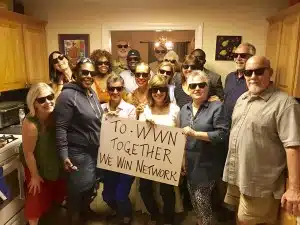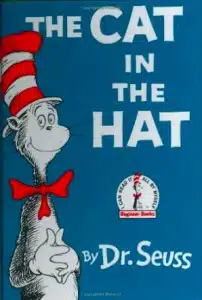
Stories with a Moral Blueprint – part 5 of 8
Blueprints for Building Trust Learning to drive was fun until I hit the mailbox. I burst into tears, blaming my dad, “You told me not to brake when turning corners!” It wasn’t my fault that he neglected to clarify I should brake before turning the corner so I could release the brakes while turning






